The Hunger for Power Beyond Earth
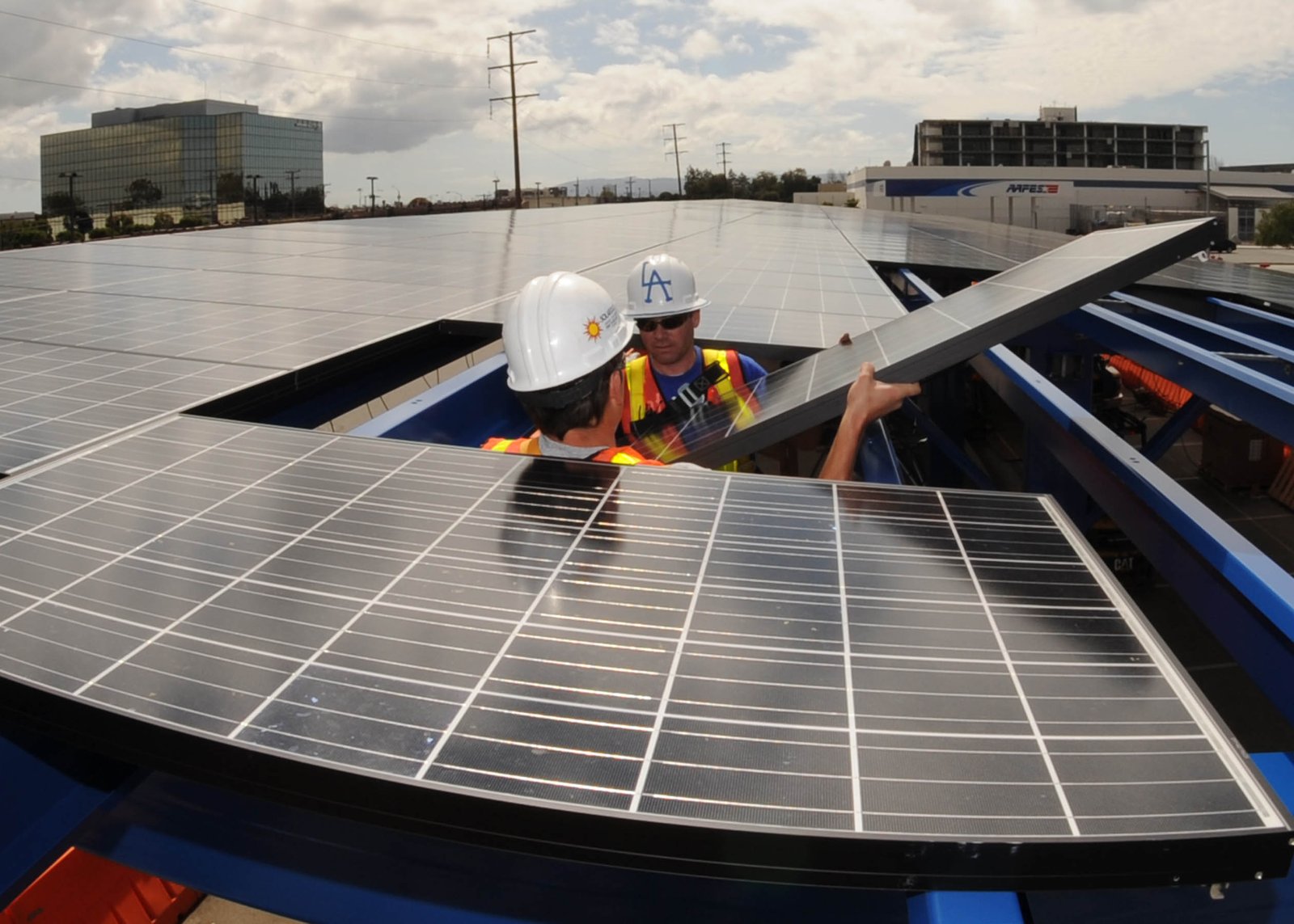
Did you know that space-based solar power could be available constantly, as it would not depend on weather and the time of the day? While we’re all familiar with solar panels on rooftops, imagine massive solar arrays floating 300 miles above us, capturing sunlight 24 hours a day without clouds or darkness getting in the way. Theoretically, the solar potential in space is eight times better per square meter than a solar panel on Earth.
Think of it like this: if Earth-based solar panels are like trying to collect rainwater with an umbrella that keeps opening and closing, space-based systems are like having a bucket that never stops collecting water. The concept might sound straight out of Star Trek, but it’s becoming surprisingly real. The global space-based solar power market was valued at USD 3.1 billion in 2024 and is estimated to grow at a CAGR of 7.9% from 2025 to 2034.
Scientists and engineers aren’t just dreaming anymore – they’re building and testing actual prototypes in space. The technology that seemed impossible just a few years ago is now making headlines, with countries racing to claim their piece of the cosmic energy pie. But is this the future of clean energy, or just an expensive fantasy floating in the void?
Japan’s Bold Leap Into Space Energy
Japan is on track to beam solar power from space to Earth next year, two years after a similar feat was achieved by U.S. engineers. Japan isn’t just talking about space solar power – they’re actually doing it. Japan’s road map toward an orbital demonstration of a miniature space-based solar power plant that will wirelessly transmit energy shows they mean business.
What makes Japan’s approach particularly interesting is their methodical, step-by-step strategy. They’re not trying to build a massive power station overnight; instead, they’re proving the technology works piece by piece. The development marks an important step toward a possible space-based solar power station that could help wean the world off fossil fuels amid the intensifying battle against climate change. Think of it like learning to walk before running a marathon – except the marathon happens to be in space.
The Japanese aren’t working in isolation either. Many more space-based solar power demonstration projects are in the pipeline. The technology is studied by space and research agencies all over the world, including the European Space Agency, the Defense Advanced Research Projects Agency and the U.S. Air Force. It’s becoming a global race to see who can harness the sun from space first.
Caltech’s Historic Space Achievement
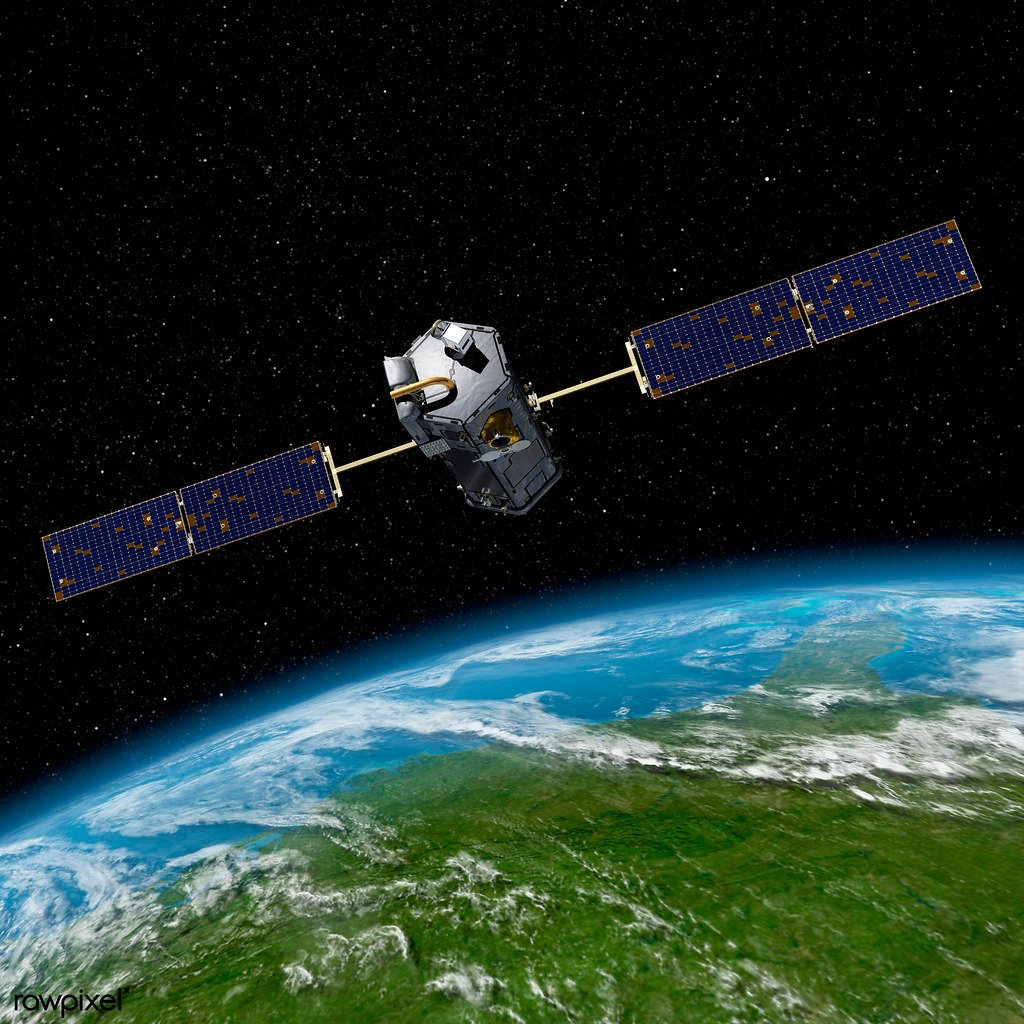
In 2023, something remarkable happened that most people completely missed. A space solar power prototype that was launched into orbit in January is operational and has demonstrated its ability to wirelessly transmit power in space and to beam detectable power to Earth for the first time. Wireless power transfer was demonstrated on March 3 by MAPLE.
This wasn’t just a lab experiment – this was the real deal happening 300 miles above our heads. To the best of our knowledge, no one has ever demonstrated wireless energy transfer in space even with expensive rigid structures. We are doing it with flexible lightweight structures and with our own integrated circuits. This is a first. It’s like the Wright brothers’ first flight, but for space energy.
The researchers successfully lit up a pair of LEDs connected to these receivers individually and switched between them to demonstrate the transmission of power in space. Since the experiment was not sealed, it also showed that it could function in the harsh environs of space, including temperature fluctuations and solar radiation. Even more impressive, MAPLE also included a small window where it could beam the harvested solar energy back to Earth. This was detected by a receiver on the roof of Caltech’s campus in Pasadena.
The achievement proves that space-based solar power isn’t just theoretical anymore. The technology works – the question now is making it big enough and cheap enough to matter. Solar power beamed from space at commercial rates, lighting the globe, is still a future prospect. While all experiments on SSPD-1 were successful, there were unforeseen challenges, providing valuable insights for future space solar power array designs.
The Money Problem: Why Space Solar Still Costs Too Much
Here’s where reality hits hard. The cost is estimated to be about 100 times too high to compete with current utility costs. One of the causes of the high costs is the high cost of launching the panels to space, which is mostly due to the high mass per watt generated by the current solar panels. It’s like trying to sell gold-plated hamburgers – technically possible, but nobody can afford them.
Currently, the cost of launching in space is estimated to be £7,716 per kilogram – approximately £154 per watt. In comparison to the cost that homeowners pay today, which is approximately £2 per watt peak, the cost in space is extremely high to be competitive. That’s roughly 77 times more expensive than putting solar panels on your roof!
But here’s the thing – costs in space technology have a funny way of plummeting when smart people focus on the problem. Launch costs in the range of $100–$200 per kilogram of payload from low Earth orbit to Geosynchronous orbit are needed if SPS is to be economically viable. That’s still a massive reduction needed from current levels, but not impossible.
Based on that timeline, the report found that space-based solar power would be more expensive than terrestrial sustainable alternatives, although those costs could fall if current capability gaps can be addressed. NASA’s analysis suggests we’re not there yet, but the door isn’t closed either. The question is whether breakthrough technologies will crash those costs before we run out of patience – or planet.
How Space Solar Actually Works
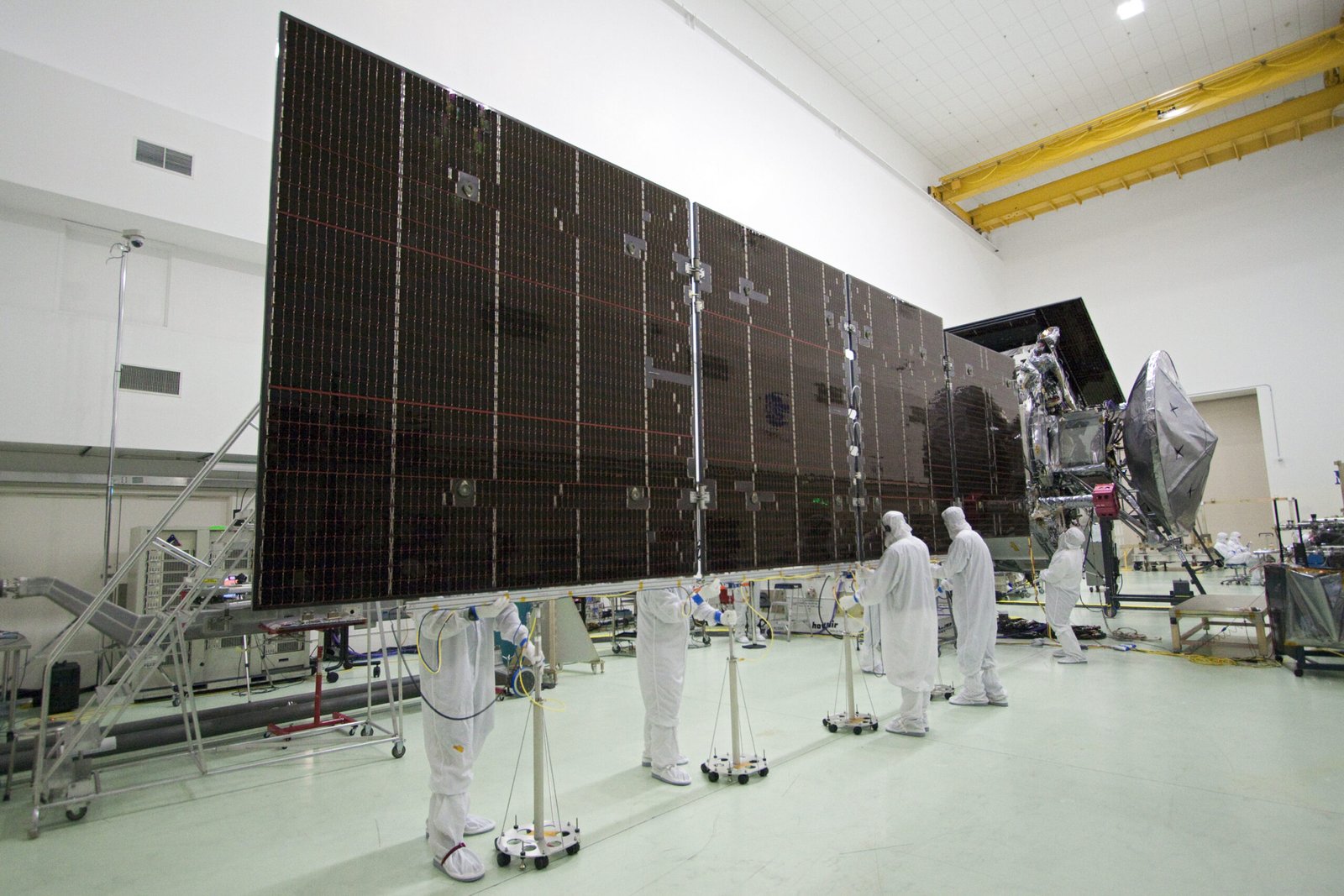
Forget everything you think you know about solar panels. Space-based solar power is completely different from the panels on houses. A space-based solar power technological process includes using solar panels to collect solar energy in space with reflectors or inflatable mirrors that direct solar radiation onto solar panels, and then beaming it on Earth through a microwave or laser. The energy is then received on Earth via a microwave antenna (a rectenna).
Think of it like a cosmic flashlight that never runs out of batteries. The satellites sit in geostationary orbit, about 22,000 miles above Earth, spinning with our planet so they stay in the same spot relative to the ground. They collect sunlight, convert it to electricity, then beam that energy down to Earth using focused microwaves or lasers. The receiving stations on Earth catch those beams and turn them back into usable electricity for the power grid.
The beauty of this system is its consistency. Collecting solar power in space and transmitting the energy wirelessly to Earth through microwaves enables terrestrial power availability unaffected by weather or time of day. Solar power could be continuously available anywhere on earth. No more “the sun isn’t shining so we can’t make power” problems.
According to the National Space Society, space-based solar panels can generate 2,000 GW of power constantly, or about 40 times more energy than a solar panel would generate on Earth. That’s enough to power the entire United States several times over, running 24/7 without interruption.
China’s Aggressive Space Solar Push
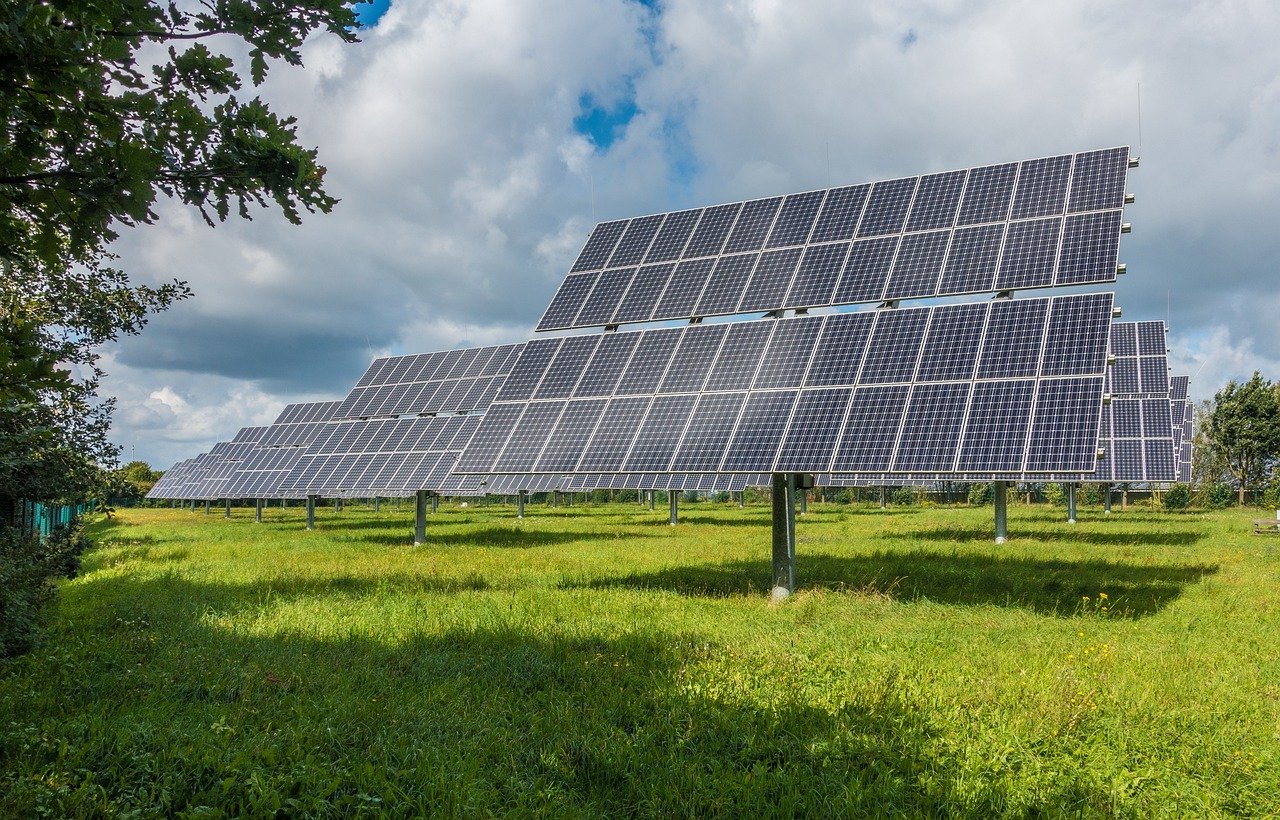
While other countries are still planning and testing, China is moving fast. Chinese scientists were reported as planning to launch several small- and medium-sized space power stations between 2021 and 2025. In December 2019, Xinhua News Agency reported that China plans to launch a 200-tonne SBSP station capable of generating megawatts (MW) of electricity to Earth by 2035.
China’s approach is typically bold and comprehensive. The China Aerospace Science and Technology Corporation plans to launch small to medium solar satellites in the stratosphere that can harness energy in space between 2021 and 2025. China also plans to generate one megawatt of energy from space-based solar panels by 2030, and to be operating a commercially viable solar space station by 2050.
Their strategy makes sense: start small, prove the technology works, then scale up aggressively. They’re not trying to solve world energy overnight – they’re building the foundation for what could become a massive industry. CAST vice-president Li Ming was quoted as saying China expects to be the first nation to build a working space solar power station with practical value.
This isn’t just about energy independence for China – it’s about economic and strategic dominance. If they crack the code on affordable space solar power first, they could become the world’s energy supplier. Imagine buying your electricity from Chinese satellites instead of local power plants.
NASA’s Cautious But Hopeful Analysis
NASA isn’t rushing into space solar power with blind enthusiasm. This analysis compares the lifecycle cost of two conceptual space-based solar power systems versus their potential for net emissions reductions. By considering scenarios like these, OTPS helps NASA understand the technological, policy, and economic implications that would need to be addressed.
They’ve identified some serious challenges that need solving first. Creating a space-based solar power system would require addressing several significant capability gaps. Researchers would need to find ways to assemble and maintain large systems in orbit, enable those systems to operate autonomously, and develop efficient power-beaming to bring the harvested energy to Earth.
The logistics alone are mind-boggling. Moving all that mass into orbit would require many sustained missions to carry infrastructure into space. We’re talking about potentially hundreds of rocket launches to build just one utility-scale space solar station. That’s like building a skyscraper one brick at a time, except each brick costs millions of dollars to deliver.
But NASA isn’t dismissing the concept either. NASA is already developing technologies for its current mission portfolio that will indirectly benefit space-based solar power, the report found. These include projects focusing on the development of autonomous systems, wireless power beaming, and in-space servicing, assembly, and manufacturing. They’re laying the groundwork, even if they’re not betting the farm on space solar yet.
SpaceX and the Launch Cost Revolution
Here’s where things get interesting. Developments in robotic technologies, improvements in the efficiency of wireless power transmission and, most importantly, the arrival of SpaceX’s giant rocket Starship could allow space-based solar power to become a reality, the experts said at the conference.
SpaceX has already revolutionized rocket costs with reusable boosters, but Starship could be the game-changer for space solar power. Until a few years ago, reusable rockets were thought to be an impossible pipe dream. Now, reusable rockets are commonplace. Advances in materials science, and computing helped make this possible, but so did new ways of thinking about the problem.
Starship is designed to carry massive payloads cheaply – exactly what space solar power needs. Instead of launching small, expensive satellites, we could potentially launch huge, lightweight solar arrays that unfold in space like cosmic origami. Commercial companies and startups are also developing concepts, harnessing the availability of Starship and the emergence of advanced space robotics.
The cost equation changes dramatically when you can launch 100 tons at a time instead of 10 tons. It’s like the difference between moving house with a motorcycle versus a moving truck – suddenly, projects that seemed impossible become merely difficult.
The Skeptics Have Valid Points

Not everyone is buying the space solar hype, and their concerns aren’t trivial. However, not everyone is enthusiastic about the potential of space-based solar power. The difficulty and amount of energy required to build, launch and assemble orbital power stations mean the energy they produce would be too expensive — 61 cents per kilowatt-hour, compared with as little as 5 cents per kilowatt-hour for Earth-based solar or wind energy.
That’s more than 12 times more expensive than conventional renewables! Even if costs drop significantly, space solar would need to become dramatically cheaper to compete. In addition, the overall carbon footprint of the power production and the amount of greenhouse gas emissions generated by rockets taking those assemblages to space could offset the environmental benefits.
There are also practical concerns about safety and reliability. The environment out in space also has several hazards that could cause damage to the solar panels. These include space debris and extreme solar radiation, which could degrade the solar panels up to 8 times faster than panels installed on Earth. Imagine spending billions to build something that breaks down eight times faster than the cheaper version on Earth.
Finally, there is a potential of wasting large amounts of energy when transporting or during transmission from space to Earth. Therefore, scientists and engineers must continue their R&D efforts to ensure little to no energy is lost during the process. Energy transmission losses could make the whole concept pointless if too much power gets lost between space and Earth.
The Market Believes in Space Solar
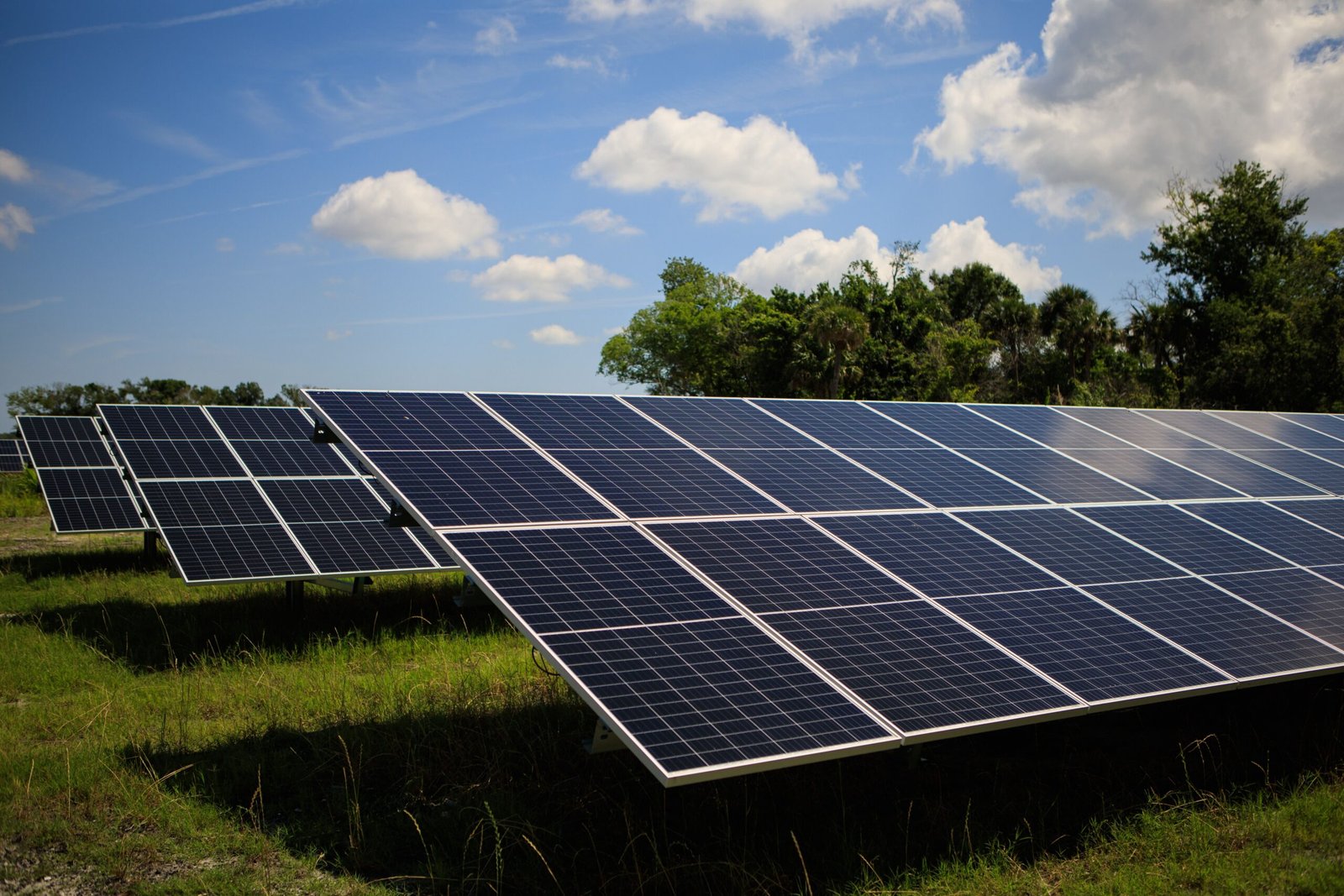
Despite the challenges, investors are putting real money behind space solar power. The global space-based solar power market was valued at USD 3.1 billion in 2024 and is estimated to grow at a CAGR of 7.9% from 2025 to 2034. Space-based solar power industry is on the rise as there is an increasing effort to reduce dependency on power derived from fossil fuels and greenhouse gases.
Other market research firms are even more optimistic. The Space-Based Solar Power Market, valued at USD 669.26M in 2024, is projected to reach USD 1330M by 2030, growing at a 12% CAGR. That’s nearly doubling in just six years – not the kind of growth you see in dying industries.
Asia-Pacific garnered the highest share in the space based solar power market in 2020, in terms of revenue, and is anticipated to maintain its dominance throughout the forecast period. This is attributed to rise in investment and R&D toward space-based solar power and the presence of huge consumer base in the region. Asia is leading because they have both the technical capability and the desperate need for clean energy.
The money follows the opportunity, and big money is betting that space solar power will eventually work at scale. Despite these hurdles, the market is encouraging due to the demand for clean energy across the globe and voluntary efforts aimed at achieving net-zero emissions by 2050. Improved technology for space exploration, energy transmission, and energy storage systems could make SBSP an important source of global renewable energy.
Military Applications Could Drive Early Adoption
The military might be the first customer for space solar power, even at premium prices. In 2011, the United States military estimated that its fully burdened cost of fuel in Afghanistan was as high as $400 a gallon, and that one of every 24 ground resupply convoys endured a casualty. When you’re paying $400 per gallon for fuel and people are dying to deliver it, suddenly expensive space power looks reasonable.
As soldiers become more reliant on electricity for computing, communications and sensing, the importance of a steady supply of electrical power increases. Containerized or soldier-portable solar panels receiving safe but powerful beams of energy from space could provide a cost-effective solution at much lower risk.
Military applications could provide the early revenue stream that makes space solar power economically viable. Once the technology is proven for military use, civilian applications become much easier to develop. It’s like how GPS started as a military system and ended up in every smartphone.
An added benefit: all of the advanced technology will be in space. The solar panels on the ground could be purchased at a home improvement store, and it would be an inconsequential loss if they fell into enemy hands

